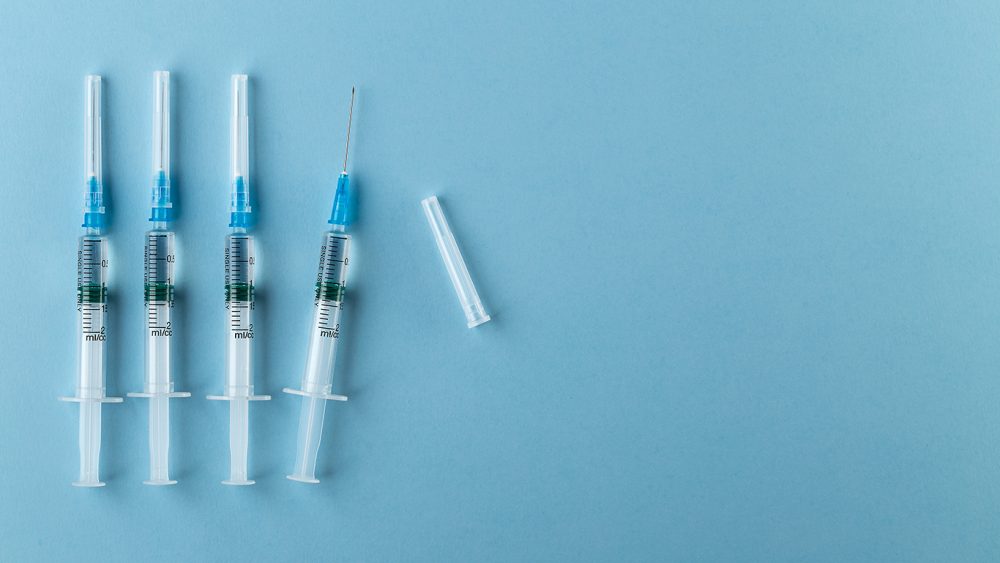Aim and Key Question
Many Americans fail to get life-saving vaccines each year, and the availability of a vaccine for COVID-19 makes the challenge of encouraging vaccination more urgent than ever. This program was a large field experiment (N=47,308 with recruitment still ongoing) testing 19 different nudges delivered to patients via text message and designed to boost adoption of the influenza vaccine.
Intervention and Design
Working closely with Penn Medicine and Geisinger Health System, Way to Health integrated to the respective EHRs (EPIC) to automatically enroll participants based on upcoming primary care appointments and other inclusion and exclusion criteria, namely:
- Available cell phone / textable number
- Not opted-out of receiving SMS from their health care provider
- No documented adverse reaction to vaccinations
- Not yet received a flu shot
Interventions
The program went live on Sept 24, 2020 and recruitment is still ongoing. The initial findings are derived from data collected up to December 31, 2020. Protocols varied the contents and/or timing of up to two sets of text reminders to get a flu shot sent from the patient’s healthcare provider in the three days preceding the patient’s appointment. 19 different arms (interventions) were built and participants randomized across them.
Main Outcomes and Measures
The key metric tracked was the incremental uptake of the flu vaccine compared to last year’s baseline for each intervention / nudge.
Way to Health Use
- Study Enrollment: Enroll and randomize participants across the study arms
- EHR Integration: Integration with EHR to identify and enroll patients with an upcoming primary care appointment. Changes in schedules (reschedules / cancellations / new ) were also managed.
- Text Messaging: Scheduling and bi-directional text based communication
Findings and Conclusions

Findings suggest text messages sent prior to a primary care visit can boost vaccination rates by up to 11%. Overall, interventions performed better when they were (a) framed as reminders to get flu shots that were already reserved for the patient and (b) congruent with the sort of communications patients expected to receive from their healthcare provider (i.e., not surprising, casual, or interactive). The most potent intervention reminded patients twice to get their flu shot at their upcoming doctor’s appointment and indicated it was reserved for them. This successful script could be used as a template for campaigns to encourage the adoption of life-saving vaccines, including against COVID-19.



